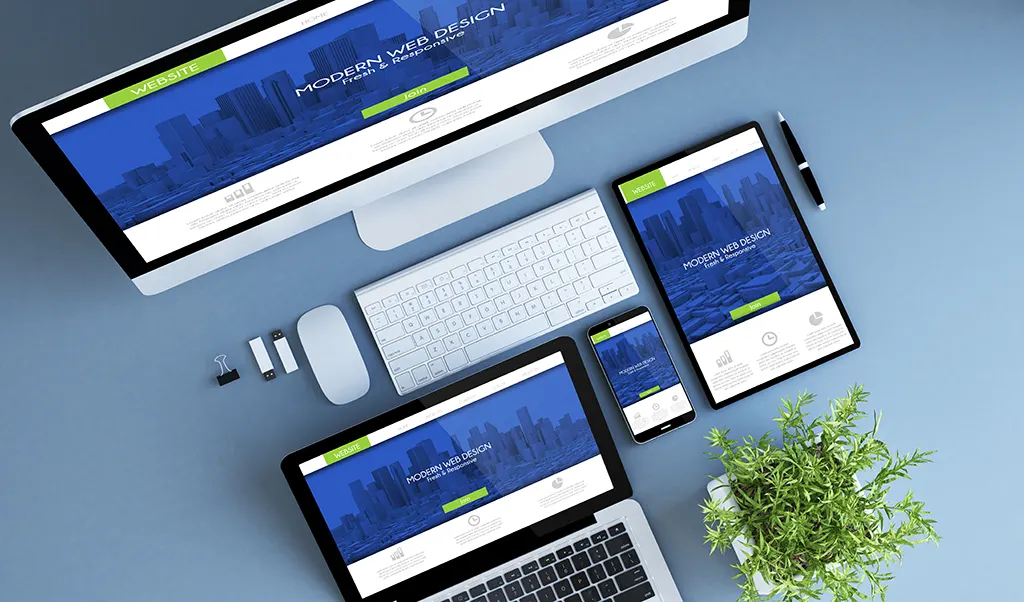A landing page is a dedicated web page designed specifically for marketing or advertising campaigns. It’s where a visitor “lands” after they click on a link in an email, or ads from Google, Bing, YouTube, Facebook, Instagram, Twitter, or similar places on the web.
Purpose of a Landing Page:
The primary purpose of a landing page is to drive visitors to take a specific action, whether that be making a purchase, downloading a document, signing up for a newsletter, or filling out a form. Landing pages are focused and concise, removing any distractions and providing a clear path to conversion. They are crucial in lead generation and are typically the focal point of any digital marketing strategy.
Designing an Effective Landing Page:
1. Clarity and Conciseness:
The design should be simple, clear, and concise, presenting the offer or call-to-action (CTA) prominently. The messaging should be focused on the value proposition and encourage the visitors to take action.
2. Visual Appeal:
High-quality visuals, cohesive color schemes, and engaging multimedia elements are essential in creating an appealing and effective landing page. These elements can grab attention and convey the brand’s message effectively.
3. Trust Elements:
Including trust elements like customer testimonials, reviews, or security seals can significantly enhance the credibility of the offer and the brand, encouraging conversions.
4. Mobile Responsiveness:
Given the prevalence of mobile users, a landing page must be optimized for mobile devices, ensuring a seamless and user-friendly experience across all platforms.
5. Loading Speed:
A slow-loading page can deter potential leads. Optimizing the landing page for speed is crucial in maintaining user interest and decreasing bounce rates.
6. Strong Call to Action:
The CTA is the crux of a landing page. It should be prominently placed, compelling, and clearly instruct visitors on the next step they should take.
Benefits of Using a Landing Page:
1. Increased Conversions:
With a focused and optimized design, landing pages can significantly boost conversion rates, turning visitors into leads and customers.
2. Improved Ad Performance:
A well-matched landing page can improve the performance of pay-per-click (PPC) ad campaigns, leading to higher Quality Scores and lower cost per click (CPC).
3. Effective Lead Capture:
Landing pages are excellent tools for capturing contact information of potential customers, enabling businesses to build their email lists and nurture leads through the sales funnel.
4. Targeted Messaging:
Landing pages allow businesses to present targeted messaging and offers to specific audience segments, enhancing the relevance and appeal of the content.
5. Measurable Results:
The performance of landing pages can be easily tracked and analyzed, providing valuable insights into user behavior and campaign effectiveness.
Things to remember:
Landing page design is an art harmoniously blended with the science of user behavior. It serves as a pivotal component in digital marketing strategies, guiding visitors through a journey meticulously crafted to convert them into customers or leads. The purposeful utilization of landing pages enables businesses to convey targeted messages, enhance user engagement, and ultimately, achieve their conversion goals. Whether it’s generating leads, closing sales, or fostering relationships, an effectively designed landing page can be the catalyst propelling a brand towards its objectives in the digital landscape.



